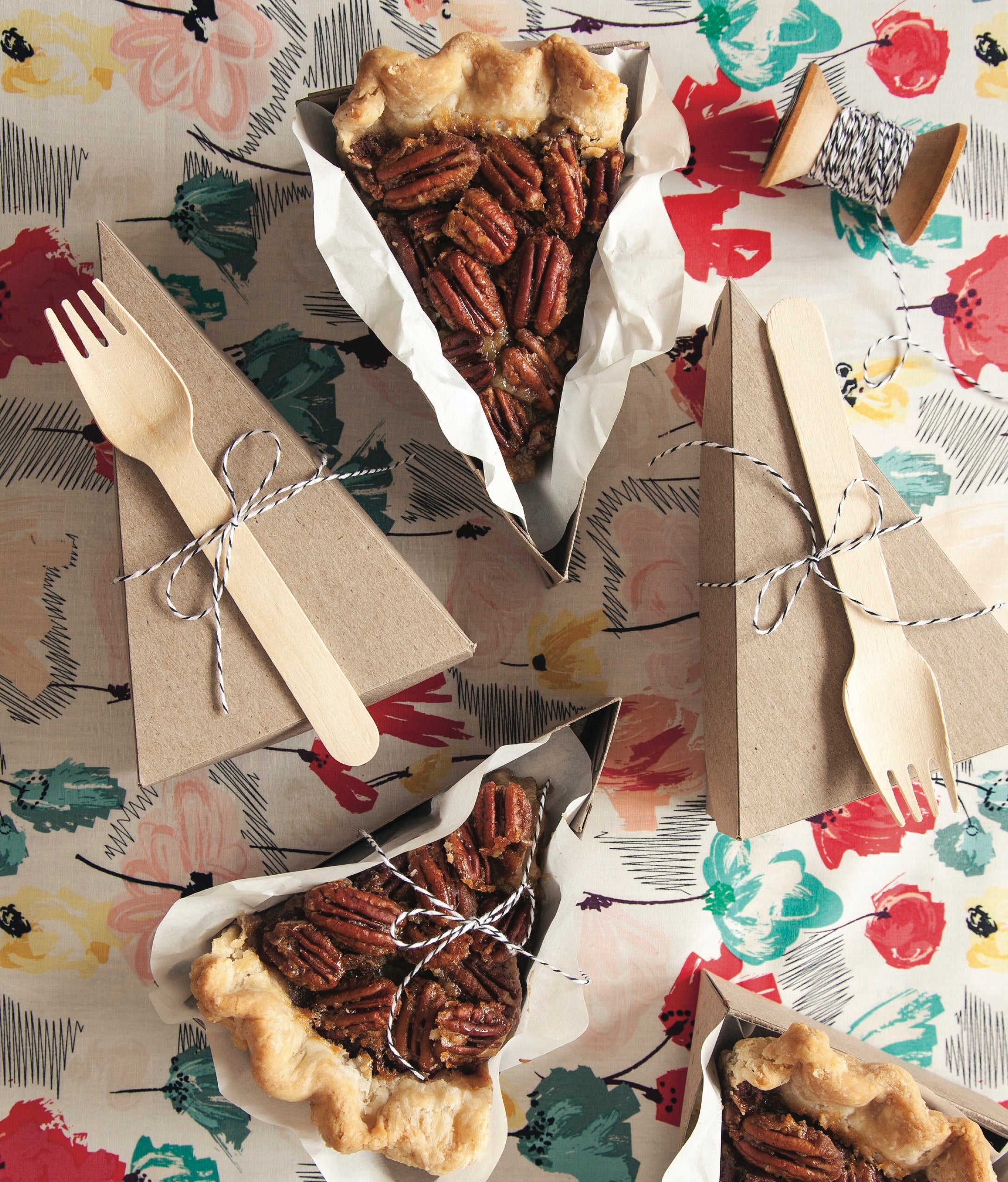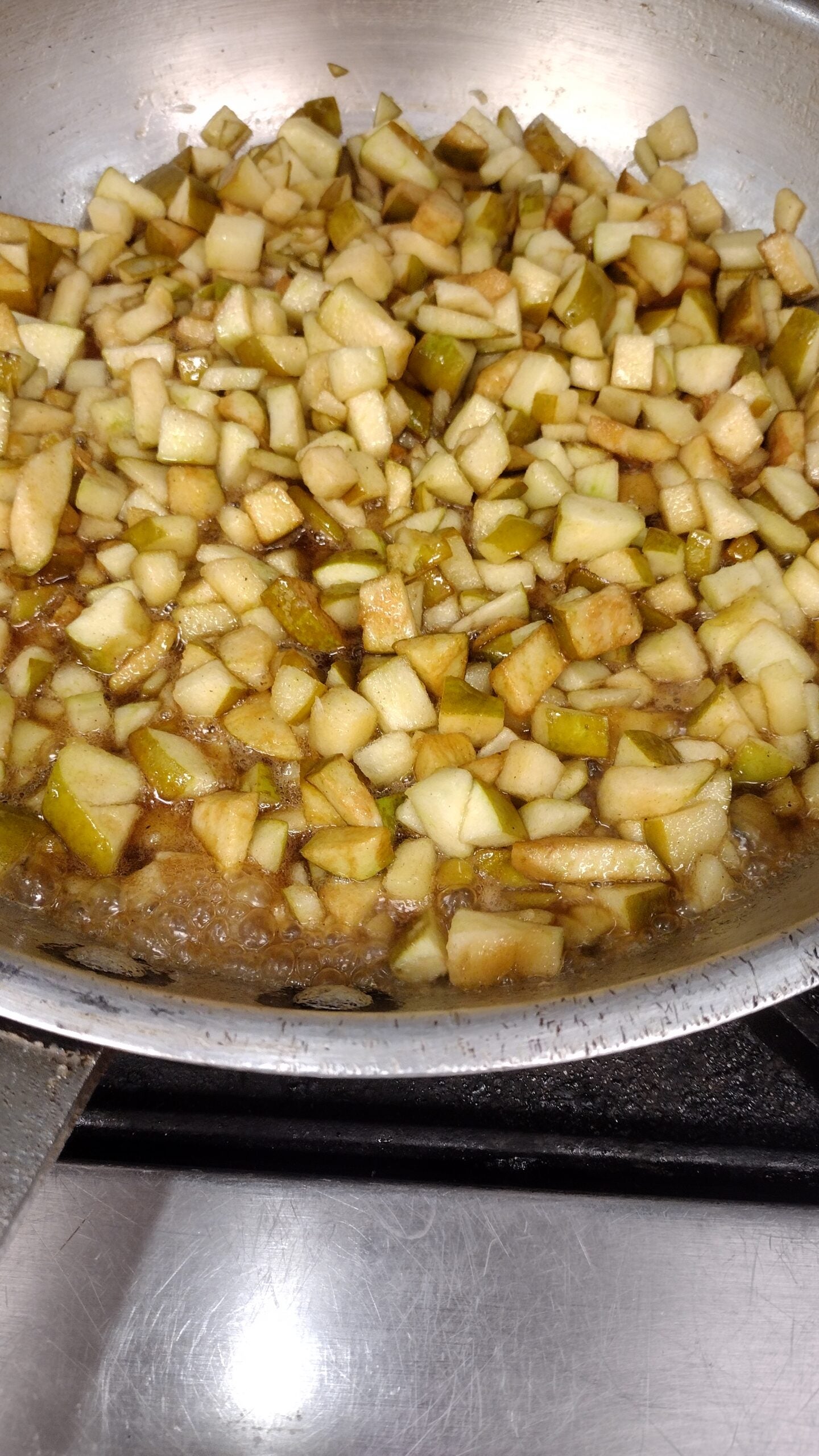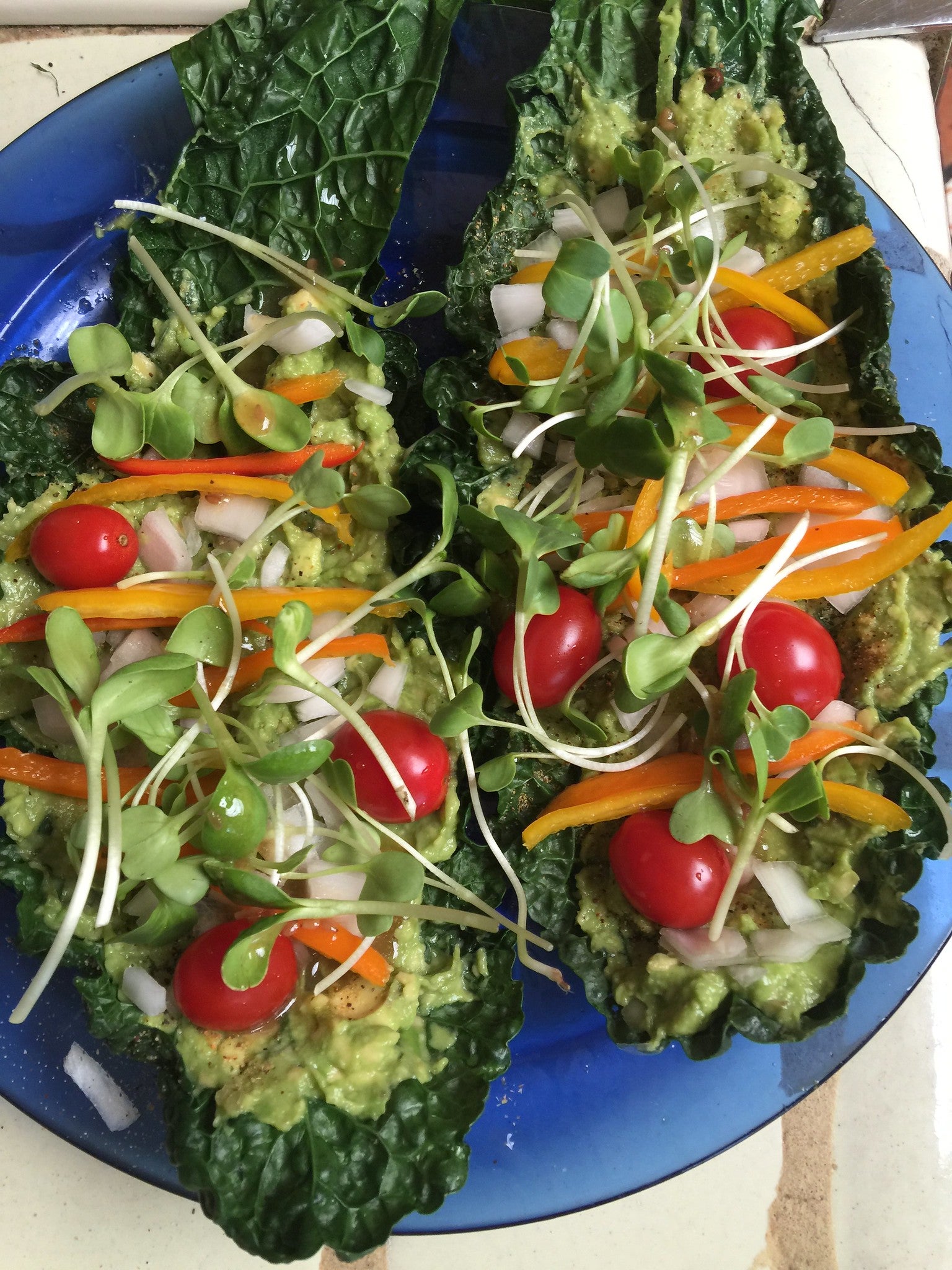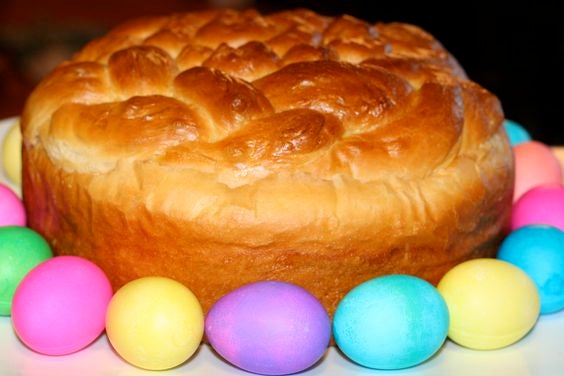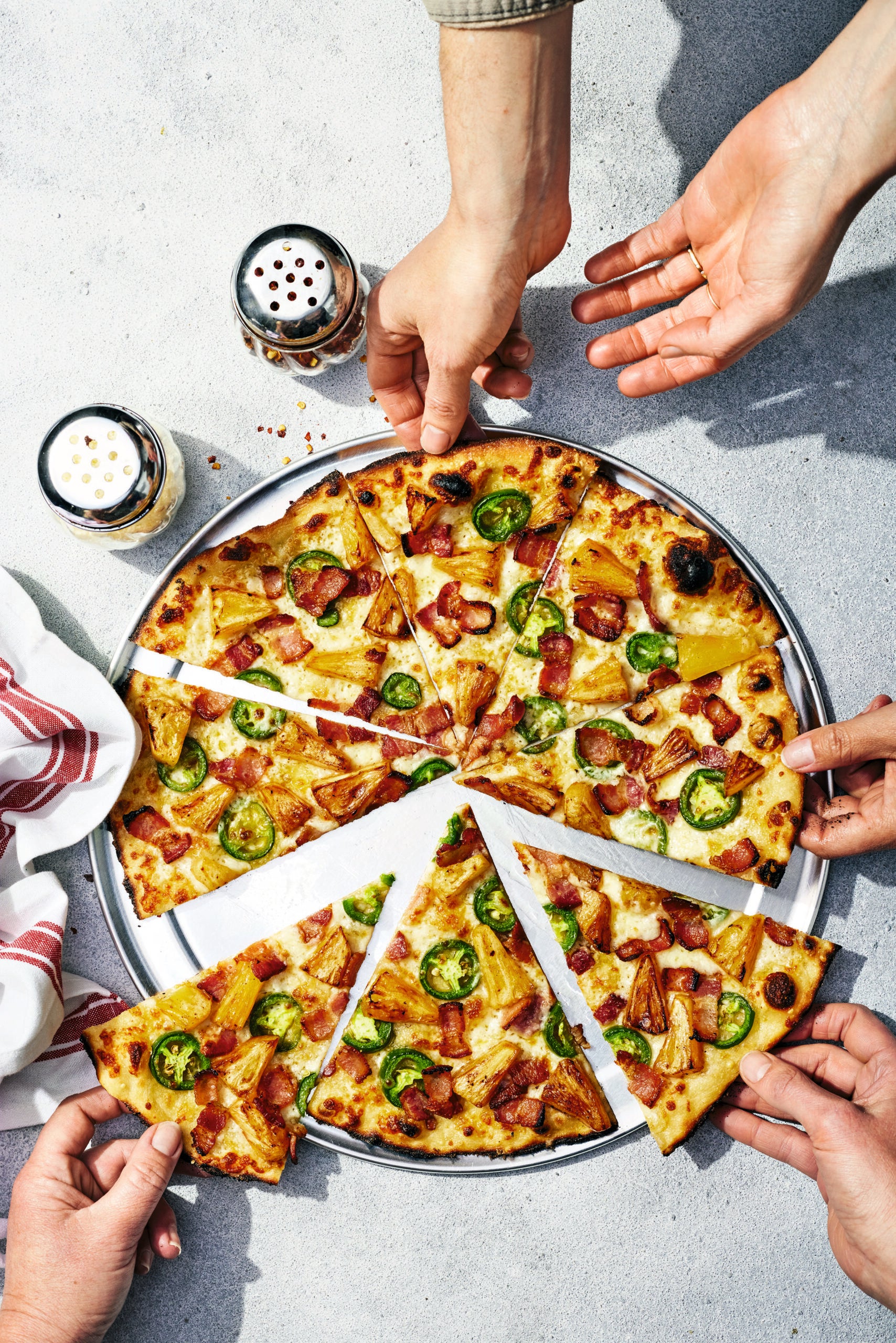Whiskey Maple Pecan Pie
(c) 2014 by Kate Lebo. All rights reserved. Excerpted from Pie School: Lessons in Fruit, Flour, and Butter by permission of Sasquatch Books.
Sugar, nuts, butter, and eggs—that’s a pecan pie. This version passes up the usual Karo syrup in favor of more complex natural sugars, plus a slug of whiskey to add an extra buzz to sugar’s high. This is, by far, the sweetest pie in the book.
News with a little more humanity
WPR’s “Wisconsin Today” newsletter keeps you connected to the state you love without feeling overwhelmed. No paywall. No agenda. No corporate filter.
Lebo also offers a choice of two pastry recipes below: All Butter Crust or Extra-Flaky Piecrust, and a primer on lard.
Makes 1 pie
½ recipe any double-crust pie dough (for a single crust)
3 large eggs
¾ cup maple syrup
¾ cup (packed) light brown sugar
¼ cup (½ stick) unsalted butter, melted
1 teaspoon white vinegar
3 tablespoons rye whiskey
¼ teaspoon salt
2 cups pecan halves
1. Make the dough and refrigerate it for at least an hour, or overnight. Roll out the bottom crust and place it in a 9-inch pie plate. Tuck the crust into the plate, trim the edges, and fold them into a ridge. Freeze the crust while you prepare the next steps of the recipe.
2. Preheat the oven to 350 degrees F.
3. In a medium bowl, beat the eggs with an electric hand mixer until frothy. Stir in the maple syrup, brown sugar, butter, vinegar, whiskey, and salt. Mix in the pecans. Pour the filling into the pie shell and smooth the surface with a spoon. Bake for 50 to 55 minutes, until the crust is golden and the center remains firm when gently shaken.
4. Cool on a wire rack for at least an hour before serving. Serve warm or at room temperature.
5. Store leftovers on the kitchen counter loosely wrapped in a towel for up to 3 days.
All Butter Crust
In pursuit of “perfect” piecrust, some recipes advocate for this secret ingredient or that. Vinegar, maybe (which slows down gluten formation), an egg (which adds protein to the dough, binding it together and making it easier to roll), or even vodka (which evaporates during baking without having developed wheat flour’s gluten). These additives are especially useful when you’re making piecrust in a food processor, which can work the hell out of the crust with one pulse too many.
But they aren’t necessary. Not when you’re making dough by hand. With my method, this all-butter crust recipe creates a dough that’s as tender as it is flaky, which means it’s not going to explode into shards like a puff pastry when you take a bite. Rather, it will frame the filling in rich, light pastry layers that are strong enough for you to pick up a slice and eat it by hand.
This crust is so easy to work with, its ingredients so easy to find and store, I use it in all my pie classes. When making pie for myself, it’s the recipe I lean on like an old friend.
Makes 1 double crust
21⁄2 cups flour
1 tablespoon sugar
1 teaspoon salt
1 cup (2 sticks) well-chilled unsalted butter
1. Fill a spouted liquid measuring cup with about 11⁄2 cups of water, plop in some ice cubes, and place it in the freezer while you prepare the next steps of the recipe. The idea is to have more water than you need for the recipe (which will probably use 1⁄2 cup or less) at a very cold temperature, not to actually freeze the water or use all 11⁄2 cups in the dough.
2. In a large bowl, mix the flour, sugar, and salt. Cut 1⁄2- to 1-tablespoon pieces of butter and drop them into the flour. Toss the fat with the flour to evenly distribute it.
3. Position your hands palms up, fingers loosely curled. Scoop up flour and fat and rub it between your thumb and fingers, letting it fall back into the bowl after rubbing. Do this, reaching into the bottom and around the sides to incorporate all the flour into the fat, until the mixture is slightly yellow, slightly damp. It should be chunky—mostly pea-size with some almond- and cherry-size pieces. The smaller bits should resemble coarse cornmeal.
4. Take the water out of the freezer. Pour it in a steady thin stream around the bowl for about 5 seconds. Toss to distribute the moisture. You’ll probably need to pour a little more water on and toss again. As you toss and the dough gets close to perfection, it will become a bit shaggy and slightly tacky to the touch. Press a small bit of the mixture together and toss it gently in the air. If it breaks apart when you catch it, add more water, toss to distribute the moisture, and test again. If the dough ball keeps its shape, it’s done. (When all is said and done, you’ll have added about 1⁄3 to 1⁄2 cup water.)
5. With firm, brief pressure, gather the dough in 2 roughly equal balls (if one is larger, use that for the bottom crust). Quickly form the dough into thick disks using your palms and thumbs. Wrap the disks individually in plastic wrap. Refrigerate for an hour to 3 days before rolling.
Extra-Flaky Piecrust
This recipe produces dough that’s a dream to roll out (often on the first try!) and a breeze to crimp. Once baked, it’s flaky enough to shatter on a fork, yet sturdy enough to hold its shape on the plate. It’s the bane of my vegetarian friends, who usually wish I hadn’t told them about the lard. My excuse—“It’s the meat you can’t see!”—hasn’t, so far, been convincing. Too bad. More pie for the meat eaters.
Makes 1 double crust
2½ cups flour
1 tablespoon sugar
1 teaspoon salt
½ cup (1 stick) well-chilled unsalted butter
½ cup well-chilled leaf lard (see note “On Lard”)
1. Fill a spouted liquid measuring cup with about 1½ cups of water, plop in some ice cubes, and place it in the freezer while you prepare the next steps of the recipe. The idea is to have more water than you need for the recipe (which will probably use ½ cup or less) at a very cold temperature, not to actually freeze the water or use all 1½ cups in the dough.
2. In a large bowl, mix the flour, sugar, and salt. Cut ½ – to 1-tablespoon pieces of butter and lard and drop them into the flour. Toss the fat with the flour to evenly distribute it.
3. Position your hands palms up, fingers loosely curled. Scoop up flour and fat and rub it between your thumb and fingers, letting it fall back into the bowl after rubbing. Do this, reaching into the bottom and around the sides to incorporate all the flour into the fat, until the mixture is slightly yellow, slightly damp. It should be chunky—mostly pea-size with some almond- and cherry-size pieces. The smaller bits should resemble coarse cornmeal.
4. Take the water out of the freezer. Pour it in a steady thin stream around the bowl for about 5 seconds. Toss to distribute the moisture. You’ll probably need to pour a little more water on and toss again. As you toss and the dough gets close to perfection, it will become a bit shaggy and slightly tacky to the touch. Press a small bit of the mixture together and toss it gently in the air. If it breaks apart when you catch it, add more water, toss to distribute the moisture, and test again. If the dough ball keeps its shape, it’s done. (When all is said and done, you’ll have added about 1/3 to 1⁄2 cup water.)
5. With firm, brief pressure, gather the dough into 2 roughly equal balls (if one is larger, use that for the bottom crust). Quickly form the dough into thick disks using your palms and thumbs. Wrap the disks individually in plastic wrap. Refrigerate for an hour to 3 days before rolling.
On lard
Lard got a bad rap from Industrial Era vegetable shortening ads. Jingles like “the stomach welcomes Crisco” took advantage of the public outcry inspired by Upton Sinclair’s The Jungle, where a factory worker disappears into a vat of lard, never to be seen again. Distrust of lard coincided with a surplus of canola oil created when Thomas Edison’s pesky lightbulb gutted the candle market. Food scientists came to the candle industry’s rescue. They could hydrogenate that oil and sell it as a light, pure, and healthy alternative to pig fat. All they had to do was convince the public their fat was safer, cleaner, healthier.
If lard isn’t having its day as you read this, it’s about to. Now public outcry is obsessed with triglycerides and “fake” foods, including previously sinless substances like Crisco. Lard is a nostalgic, “natural” source of fat that has no equal when it comes to pastry flavor and texture. Bring on the lard!
Like vegetable shortening, lard is a champion of flake in pie dough. It has less water, so it activates gluten less, and it has a higher boiling temperature than butter, so lard crusts hold their shape a bit better than butter crusts. Unlike shortening, which is mostly tasteless, lard is delicious, with a sweet, mysteriously satisfying taste and scent that makes this piecrust my very, very favorite.
But don’t buy just any lard. Get leaf lard. It’s a purer fat that pads a pig’s kidneys, called “leaf ” because of the way it shears off in leaves as it’s gathered. Cheaper lards taste and smell like pork. Maybe a good idea for savory pie, not so much for sweet pies. Toxins accumulate in fat, so go organic if you can. Get high-quality leaf lard at butcher shops.
Wisconsin Public Radio, © Copyright 2025, Board of Regents of the University of Wisconsin System and Wisconsin Educational Communications Board.

